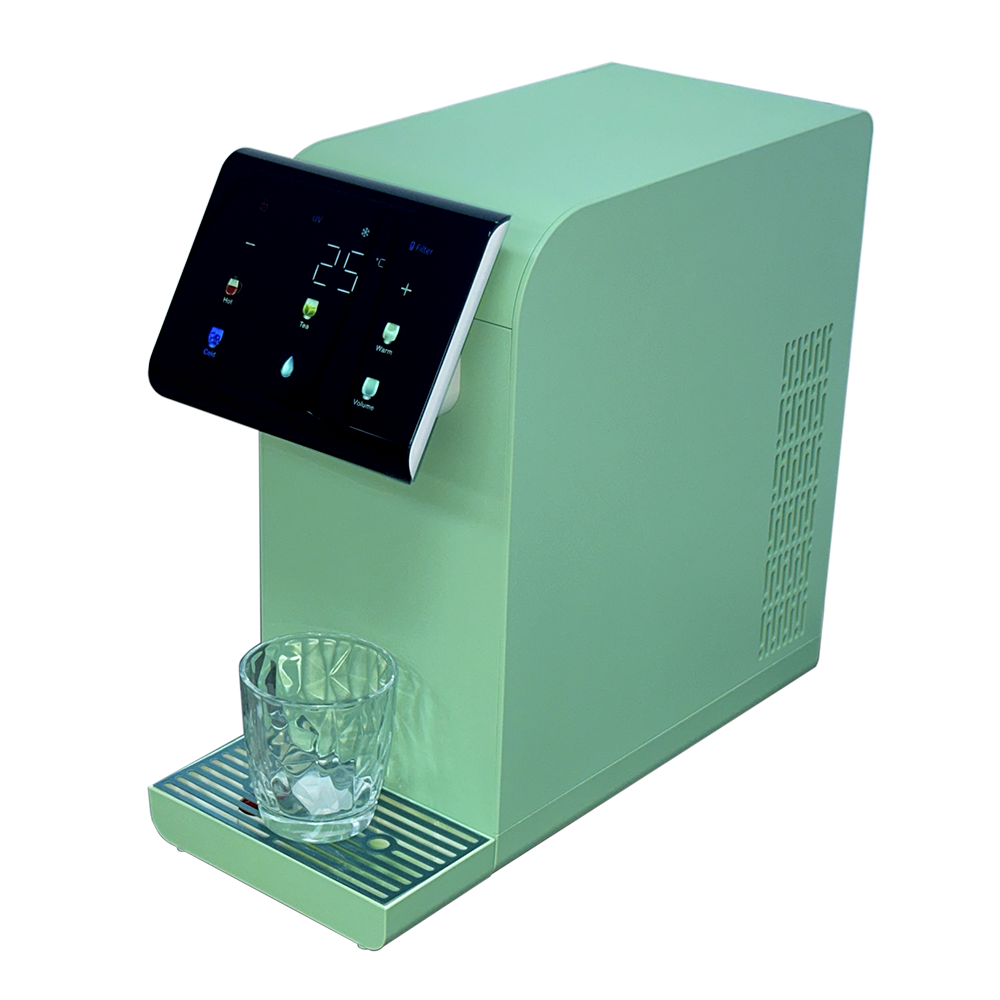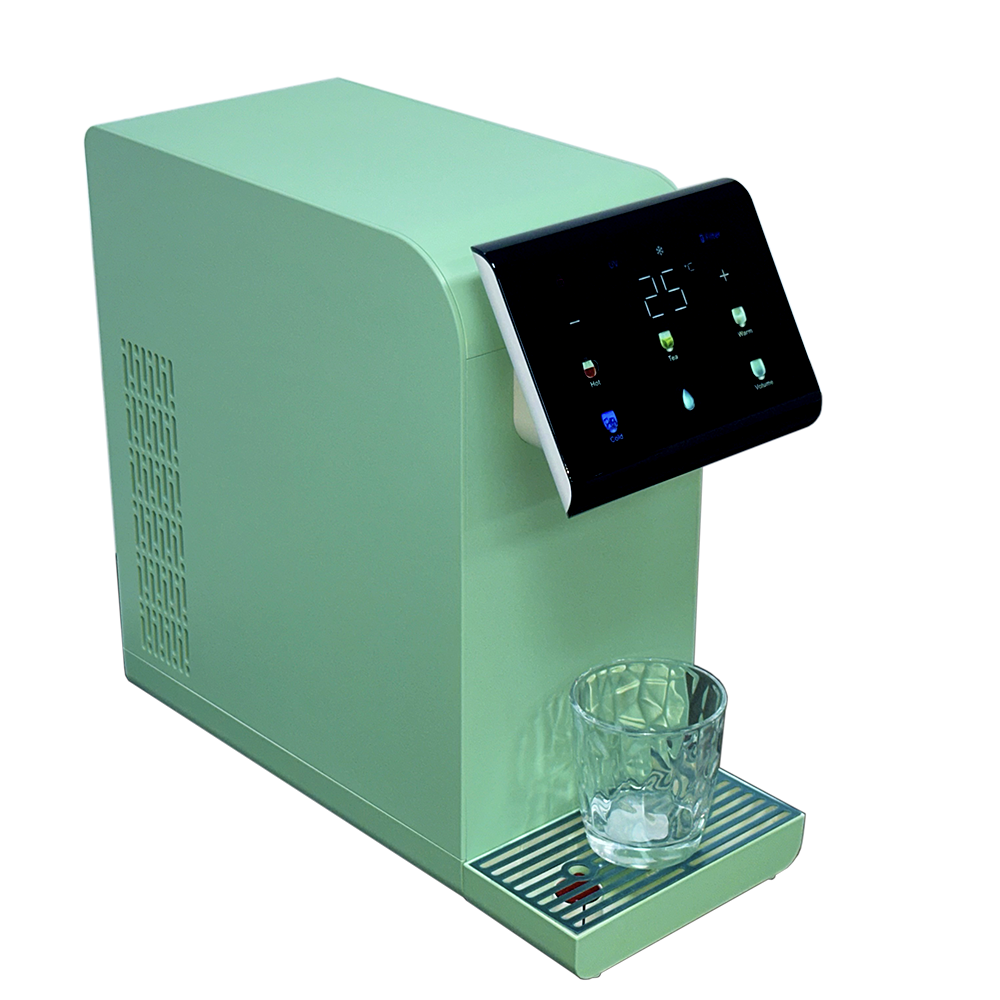
 Tired of bulky tanks, slow flow rates, and wasted water? Traditional reverse osmosis (RO) systems have met their match. Tankless RO technology is here, offering a sleek, efficient, and powerful upgrade for your home’s hydration needs. This guide breaks down how they work, why they’re worth it, and how to choose the best model for your family.
Tired of bulky tanks, slow flow rates, and wasted water? Traditional reverse osmosis (RO) systems have met their match. Tankless RO technology is here, offering a sleek, efficient, and powerful upgrade for your home’s hydration needs. This guide breaks down how they work, why they’re worth it, and how to choose the best model for your family.
Why Tankless RO? The End of the Storage Tank Era
[Search Intent: Problem & Solution Awareness]
Traditional RO systems rely on a large storage tank to hold purified water. This introduces problems:
Limited Output: Once the tank is empty, you wait for it to refill.
Space Hogging: The tank consumes precious under-sink real estate.
Recontamination Risk: Stagnant water in the tank can develop bacteria or taste flat.
Water Waste: Older systems waste 3-4 gallons for every 1 gallon purified.
Tankless RO solves this by purifying water instantly, on-demand, directly from your plumbing.
How Tankless Reverse Osmosis Works: The Tech Breakdown
[Search Intent: Informational / How It Works]
Instead of filling a tank, tankless systems use:
High-Performance Pumps & Membranes: Powerful pumps provide immediate pressure to push water through the RO membrane, eliminating the need for stored water.
Advanced Filtration Stages: Most systems include sediment, carbon block, and the main RO membrane, often adding mineralizing or alkaline stages for better taste.
Instantaneous Flow: The moment you turn on the faucet, the system activates and delivers fresh, purified water.
Top 3 Tankless RO Systems of 2024
Based on flow rate, efficiency, noise level, and consumer ratings.
Model Best For Key Features Flow Rate (GPD) Waste Water Ratio Price
Waterdrop G3 P800 Most Homes Smart LED Faucet, 7-Stage Filtration, No Electricity 800 2:1 $$$
Home Master TANKLESS Large Families Permeate Pump, High Flow, Remineralization 900 1:1 $$$$
iSpring RCD100 Budget-Conscious Compact, 5-Stage, Easy DIY Install 100 2.5:1 $$
GPD = Gallons Per Day
Tankless vs. Traditional RO: The Key Differences
[Search Intent: Comparison]
Feature Traditional RO Tankless RO
Space Required Large (for tank) Compact
Flow Rate Limited by tank size Unlimited, on-demand
Water Taste Can become stagnant Always fresh
Water Waste High (3:1 to 4:1) Low (1:1 or 2:1)
Initial Cost $ $$
Maintenance Tank sanitization needed Filter changes only
5 Critical Factors Before You Buy
[Search Intent: Commercial - Buying Guide]
Water Pressure: Tankless RO requires strong incoming water pressure (≥ 40 PSI). If yours is low, you may need a booster pump.
Flow Rate Needs: Choose a model with a Gallons Per Day (GPD) rating that exceeds your household’s peak usage (e.g., 800 GPD is excellent for a family of 4-6).
Electrical Outlet: Some models require a nearby plug for a booster pump. Others are non-electric.
Filter Cost & Availability: Check the annual cost and ease of buying replacement filters.
Certifications: Look for NSF/ANSI 58 certification for the RO membrane, ensuring it meets strict health standards.
Installation: DIY or Professional?
[Search Intent: "How to install tankless RO system"]
DIY-Friendly: Most modern systems use standard ¼” quick-connect fittings and include all parts. If you’re handy, you can install it in under an hour.
Hire a Pro: If you’re uncomfortable drilling a hole in your sink or connecting to plumbing, budget ~$150-$300 for professional installation.
Addressing Common Concerns
[Search Intent: "People Also Ask" - FAQ]
Q: Do tankless RO systems waste less water?
A: Yes! Modern tankless RO systems are far more efficient, with waste ratios as low as 1:1 (one gallon wasted for one gallon purified) compared to 3:1 or 4:1 for old systems.
Q: Is the water flow slower?
A: No. The opposite is true. You get a strong, consistent flow rate directly from the membrane, unlike a tank that loses pressure as it empties.
Q: Are they more expensive?
A: The upfront cost is higher, but you save on long-term water bills and have a superior product. The cost of ownership evens out.
The Verdict: Who Should Buy a Tankless RO System?
✅ Ideal For:
Homeowners with limited under-sink space.
Families who consume a lot of water and hate waiting.
Anyone seeking the most modern, efficient, and hygienic water purification.
❌ Stick with Traditional RO If:
Your budget is very tight.
Your incoming water pressure is very low and you can’t install a pump.
Next Steps & Smart Shopping Tips
Test Your Water: Know what contaminants you need to remove. Use a simple test strip or send a sample to a lab.
Measure Your Space: Ensure you have enough width, height, and depth under your sink.
Look for Sales: Prime Day, Black Friday, and brand websites often offer significant discounts.
Ready to experience instant, pure water?
➔ See Live Prices and Current Deals on Tankless RO Systems
Post time: Aug-29-2025

